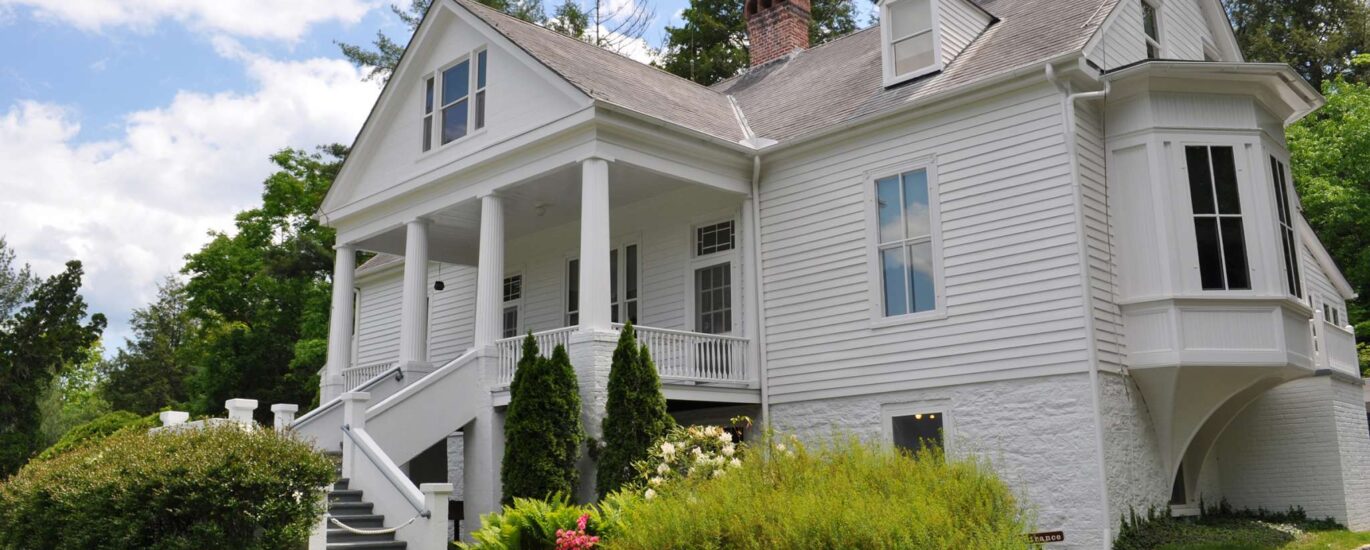Welcome to the Carl Sandburg Home National Historic Site, a place where history, literature, and agriculture converge in the serene landscape of Flat Rock, North Carolina. This historic site, known as Connemara, was the home of Pulitzer Prize-winning poet and writer Carl Sandburg, who found inspiration and solitude here. But the story of Connemara begins long before Sandburg’s arrival.
In the 1830s, Christopher Memminger, a prominent lawyer and the Secretary of the Confederate Treasury, established this estate originally known as ‘Rock Hill.’ Seeking refuge from the summer heat of Charleston, Memminger built a Greek Revival-style summer home on these grounds. During the Civil War, the estate served as a sanctuary for Memminger’s family and friends, sheltering them from the turmoil of the era.
After changing hands a few times, the property was acquired by Ellison Smyth in 1900, who renamed it ‘Connemara’ after his family’s Irish ancestry. Smyth expanded the estate, adding pastures, barns, and gardens, transforming it into a full-time residence rather than just a summer retreat.
In 1945, Carl Sandburg and his wife Lilian purchased Connemara. They were drawn to the estate not only for its beauty but for the expansive land that was perfect for Lilian’s champion dairy goats. Here, Carl Sandburg wrote over a third of his works, capturing the spirit of common Americans in his poetry and prose. His writings from Connemara include the beloved ‘Rootabaga Stories’ and his Pulitzer Prize-winning ‘Complete Poems.’
Today, visitors can explore the 264-acre site, which features the Sandburg residence, a goat farm, hiking trails, and picturesque landscapes. The estate’s trails, some leading to the summit of Big Glassy Mountain, offer a glimpse into the natural beauty that inspired Sandburg.
Connemara is not just a home; it’s a testament to the life and legacy of Carl Sandburg, a man who captured the American experience through his words. It stands as a reminder of the power of solitude and creativity, inviting visitors to reflect on their own journeys as they walk through history.




